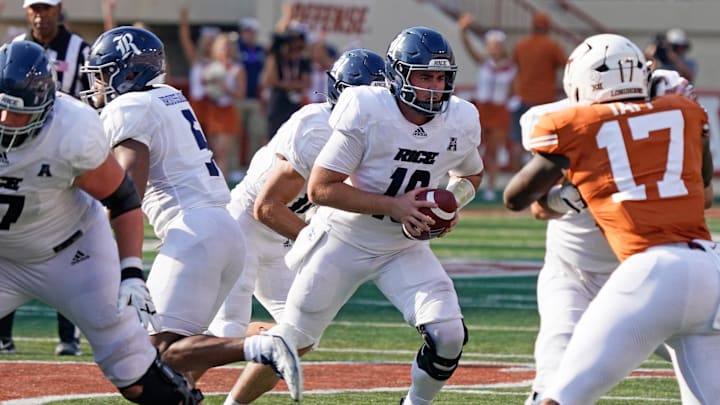Say the words "transfer portal" to any college football or basketball fan, and watch them cringe. The words have become synonymous with roster destruction, accusations of disloyalty, and chaos within college sports.
While Nietzsche told us that from chaos comes order, we will never get to a place of order if a governing body doesn't get involved to take charge.
The idea of allowing players to transfer without penalty, opposition, or regulations was something that had been a long time coming in college sports. Coaches were free to roam the nation, opting for whoever gave them the next best deal, while players had to cut through more red tape than a government official.
Coaches could say what schools (or even conferences) a player could or could not transfer to, they would hold the scholarship agreements over their heads like creditors, and if a transfer request was finally granted by the school and the NCAA, the player would almost always have to sit out an entire season before taking the field or court again.
After years of justice being miscarried by the NCAA, with medical waivers and hardship cases being unfairly denied, the transfer portal was finally set up in October of 2018, allowing players to let other schools know they were interested in transferring via an online database.
A good idea gone wrong
This simple idea quickly spiraled out of control, leading us to a point of seemingly no return. That first year of the portal, only ___ players entered. Flash forward to 2024, and over 11,000 football players (more than 3,400 FBS scholarship players) and 2,000 basketball players entered the portal, per ESPN.
Those astonishing numbers are a mere fraction of the real issues. The free-for-all, willy-nilly nature of the portal is becoming a beast too big to tame, and it seems nobody wants to play the lion tamer now that things have become unmanageable.
JT Daniels is a perfect example. The once highly-touted 5-star quarterback began his college career at USC. After "losing his job" to injury, he opted to go to Georgia, after one season and more injuries and lost opportunities, he transferred to West Virginia, and then again to Rice.
The problem is, it does need to be managed, and it does need regulations that still treat players fairly while protecting the sports.
The NCAA has essentially washed its hands of the situation (like essentially everything else under their province), the conferences only act (or complain) out of self-interest, and the government is still trying to assemble a commission to look into everything college sports-related.
If the number of players in the portal continues to exponentially grow the way it has over the past six years, it could cause serious damage to fan interest, as well as the talent pool for the NFL and NBA.
The Presidential Commission may be our last hope for oversight and to fix this broken system, but until that group is assembled and has direction, we're stuck with the insanity that has become the transfer portal.
